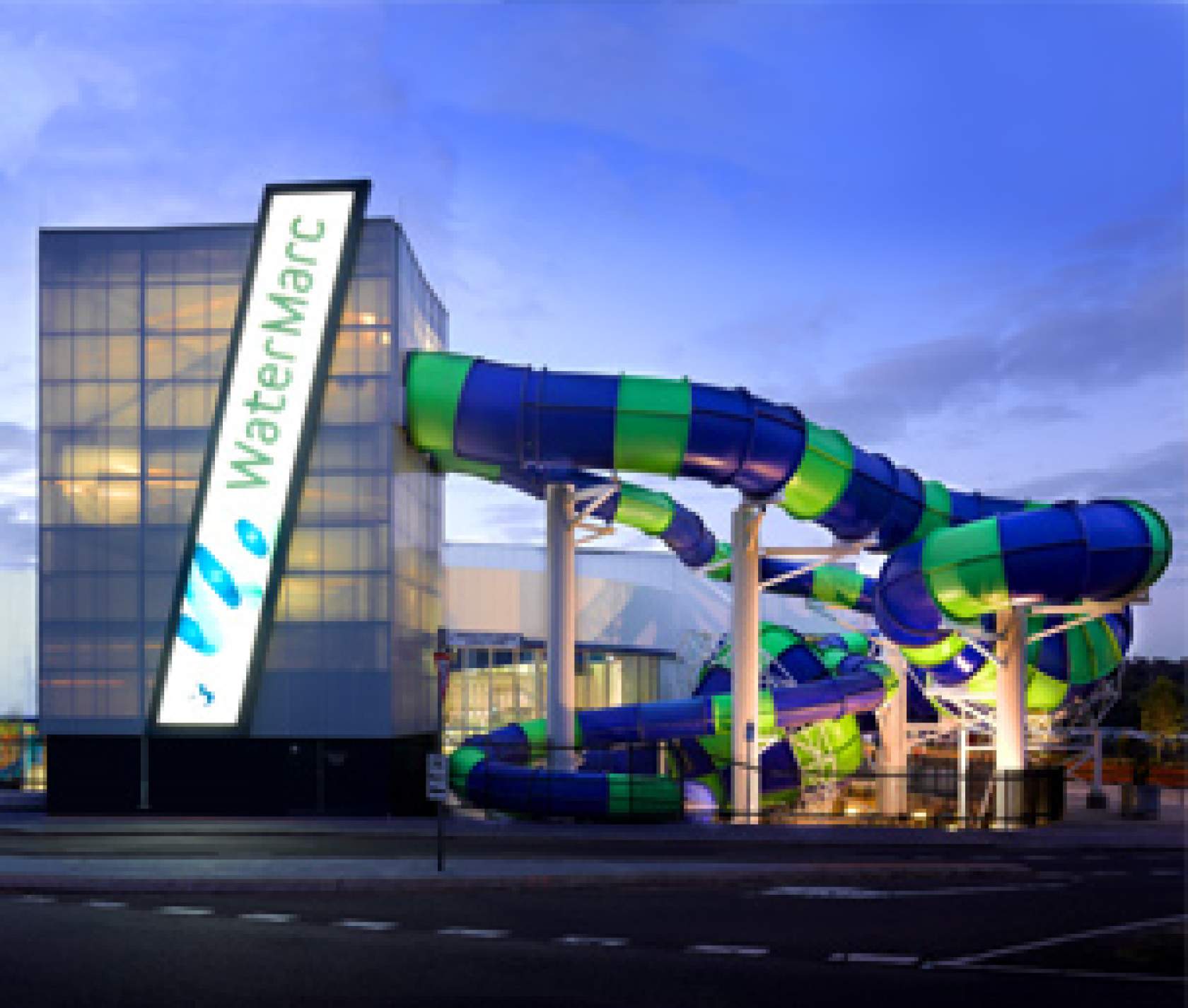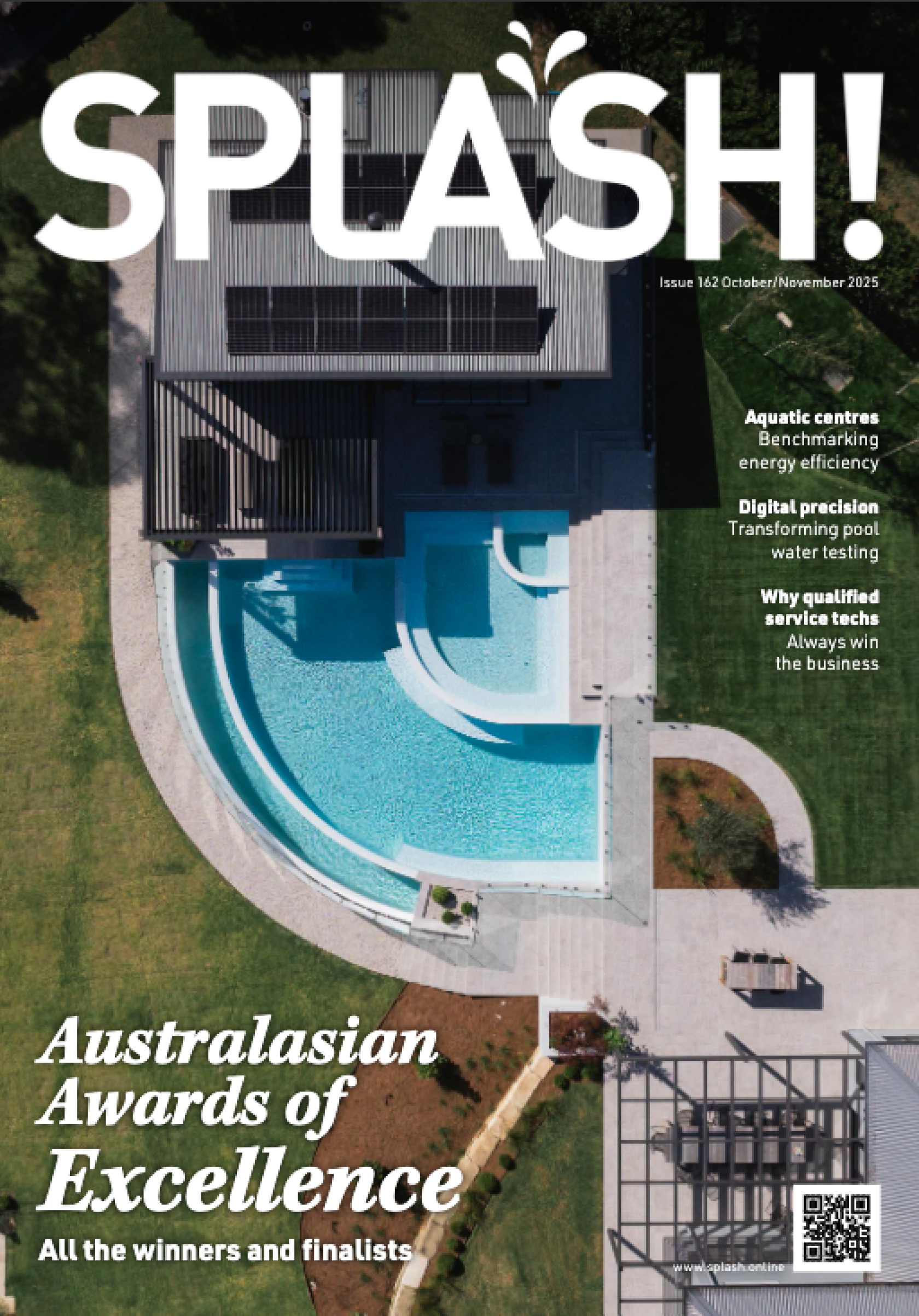Coroner calls for new body to oversee Victorian public pools after drowning inquest

Victorian Coroner Audrey Jamieson has found the death of Paul Rayudu in 2014 was avoidable, and has called for the Victorian Government to establish central oversight of public swimming pools in that state.
Jamieson also criticised the ratio of 1 lifeguard to 100 swimmers after a testifying lifeguard told the inquest it was insufficient and promoted in swimmers a false sense of security.
In her findings, the coroner described the lack of central oversight and regulation of public swimming pools in Victoria as “concerning”. She also found that Rayudu was not being supervised by lifeguards at the time he drowned. However, once they were aware of the incident they professionally implemented their training.
Indian national Rayudu, 23, drowned in February 2014 at the WaterMarc aquatic centre in Greensborough, Melbourne. His girlfriend Virajitha Kelangi also got into trouble in the pool but recovered fully.
Not good swimmers
Rayudu and Kelangi went to the aquatic centre to use the waterslides on a hot summer day, but when they arrived they found the slides were closed. They then decided to use the shallow section of the 50m swimming pool instead. Neither were good swimmers but Kelangi said they felt safe as long as their feet were touching the floor, and a boom separated the shallow end from the deep end.
Kelangi said there were a lot of people in the pool.
They swam in a part of the pool where the water was up to Rayudu’s shoulders and Kelangi’s chin.
At around 7:10pm the boom that separated the shallow part of the pool from the deep section was moved, allowing a drop-off from the shallow end into the deeper water.
Kelangi was found face-down by patrons at approximately 7:30pm, near the drop-off. No lifeguards were nearby.
At about the same time, patrons saw Rayudu at the bottom of the pool. He was pulled from the pool and CPR was commenced. Both were rushed to hospital.
Rayudu was resuscitated but was found to have extensive brain damage. His condition worsened over the week and he was found to have negligible chance of meaningful recovery. After consultation with his family he was removed from resuscitation equipment and died.
Kelangi recovered fully.
The coroner found Kelangi could not swim and Rayudu could barely swim. She said the pool was not adequately supervised.
“I doubt they had a real appreciation of the dangers of getting out of their depth,” she said.
She said Rayudu’s death was avoidable.
“I am satisfied that there is clear and cogent evidence that Paul Rayudu’s death could have been prevented,” she said.
“No-one should drown at a public swimming pool.”
Lifeguard ratios
The inquest heard there were four lifeguards on duty to supervise about 250 patrons at the WaterMarc pool, but the lifeguards themselves were not being adequately supervised, and they were distracted by other tasks.
A testifying lifeguard said that supervising 100 swimmers per lifeguard was a “ridiculously high” ratio.
At the time of the incident, one lifeguard estimated there were between 500 and 1000 patrons in the centre, including those on dry land. However the duty manager believed there were only about 300 people in the aquatic area, and about 50 in the 50m pool.
The lack of certainty about the numbers was a cause of concern for the coroner. Some testifying patrons said the pool appeared to be short staffed.
The Guidelines for Safe Pool Operations (GSPO) developed by Royal Life Saving Australia recommends one lifeguard focussed on the water for every 100 patrons in the water.
However, the lifeguards were fulfilling other duties such as moving and stabilising the boom and making PA announcements.
Depth signs were believed to comply with regulations.
Changes following the incident
The duty manager has said WaterMarc will now lock the boom and not move it during busy periods. Other changes implemented at the aquatic centre include increased signage, updating supervision guidelines and a review of the incident report, as well as a system for counting the number of patrons entering and leaving the centre.
The coroner found the changes made by WaterMarc management company Belgravia Leisure are welcome, but she is concerned that the lack of a central body might not effect other similarly appropriate changes in other public pools.
Belgravia gave a statement to the inquiry expressing sincere regret for the death and sympathy to the families, as well as saying it will contact the patrons who assisted with the rescues to thank them.
Between 2000 and 2015, 14 people drowned in Victorian public swimming pools, roughly one per year.




